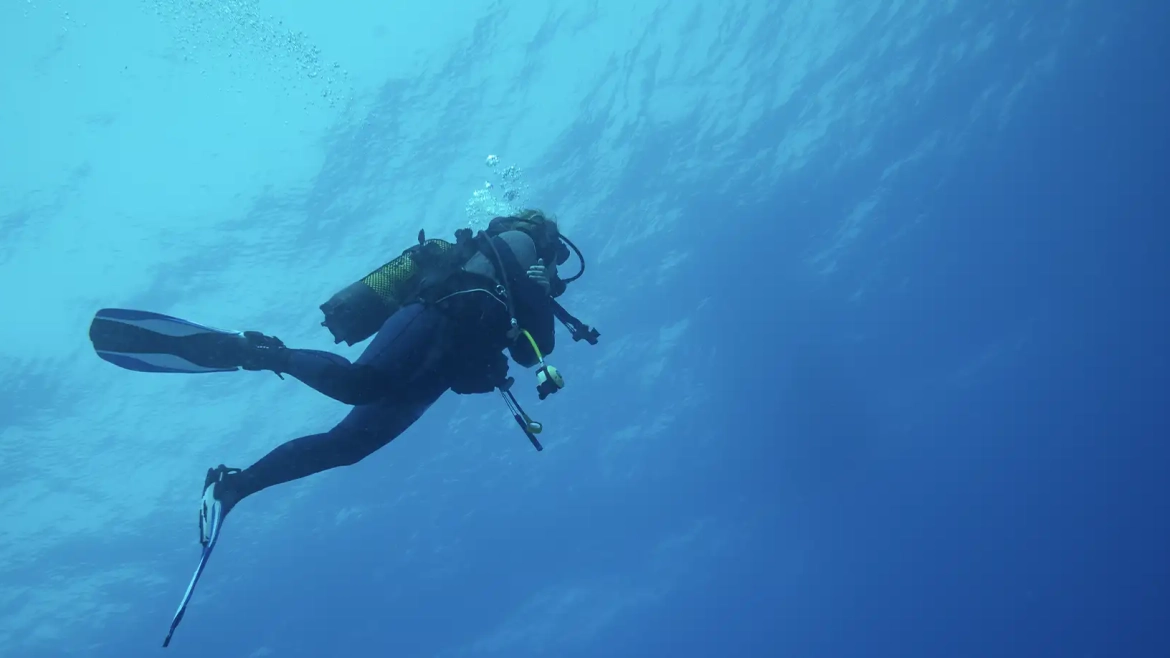Planning your dive adventure to the Catalina Islands is exciting. Yet, exploring these waters requires having accurate information about their visibility, currents, and depths.
So, if you’re wondering what the diving conditions are and what awaits you beneath the surface, you’re in the right place. At Bill Beard’s Costa Rica, we’re local travel experts with experience and a passion for diving.
Our blog will help you navigate the conditions of the Catalina Islands, Costa Rica, with expertise and insight.
Do the Catalina Islands Have Good Scuba Diving?
The Catalina Islands are one of the favorite diving spots for scuba divers coming to Costa Rica, and for good reason. These islands offer diverse marine life and a rich ecosystem. Beyond that, they are home to various dive sites, each with its own unique features, attractions, and depths.
Pacific Giant Manta Rays visit when the polar currents bring nutrients, attracting these amazing, gentle creatures with wingspans up to 24 ft / 7 meters.
And, occasionally, a large herd of cow nose rays with numbers in the thousands can be seen passing by the Classic Wall of the main island. Yes, that’s correct! Thousands of rays filling the ocean from floor to surface for a solid 10 minutes. Electric diving.
Mobula Rays in smaller schools of 25-500 have been sighted here, and several squads of eagle rays mid-water and families of southern stingrays grace the sandy bottom. It is a favorite spot for rays, white-tip sharks, turtles, and Moorish idols.
Do You Need Advanced Diver Certification for Catalina Islands, Costa Rica?
No. Advanced diver certification is not required to dive at the Catalina Islands, but it is a must. The island chain is known for diverse marine life and varied underwater terrain.
New divers should be aware that the dive sites are non-anchored, so they may need to do a backward roll and be prepared to descend fairly quickly. They are not drift dives, but you will need to make a free descent and free ascent, so practicing good buoyancy control is important when making your safety stop.
Surge can be present, and it can be strong at times, so if you have no experience diving in surge, please let the divemaster know so they can explain how to dive safely and conserve air for a safe and fun dive experience. Surge can be fun, but never take the ocean’s power for granted.
The best months to dive the Catalinas are February through March, when temperatures can be as low as a chilly 16°C/60°F. A 5 mm suit or a 3 mm suit with a vest and hood are recommended. Proper protection from the elements will make for enjoyable exploration.
The Islands rank among the top dive spots for advanced open-water divers.
What Should I Know about Catalina Islands Diving Conditions?
If you’re planning a dive trip to Catalina Islands, there are a few key things to keep in mind about the diving conditions. Take a look at what you need to know before exploring these waters:
Water temperatures
The water temperatures from May to November typically range from 24°C to 30°C (76-86°F). Seas are flat and calm, and dive site exit and entries are easier. The water temperature peaks around July, reaching a balmy 30°C/86°F. Divers generally wear only a skin, a 1 mm wetsuit, or just a bathing suit.
As the dry season approaches, the water temperature begins to drop. In January and February, temperatures can be as low as a chilly 16°C/60°F. A 5 mm wetsuit or a 3 mm wetsuit with a vest and hood are recommended.
Divers will pass through some thermoclines, where water temperatures can vary in layers. While these can affect visibility and temperature, they often attract diverse marine life due to the nutrient-rich environment they create.
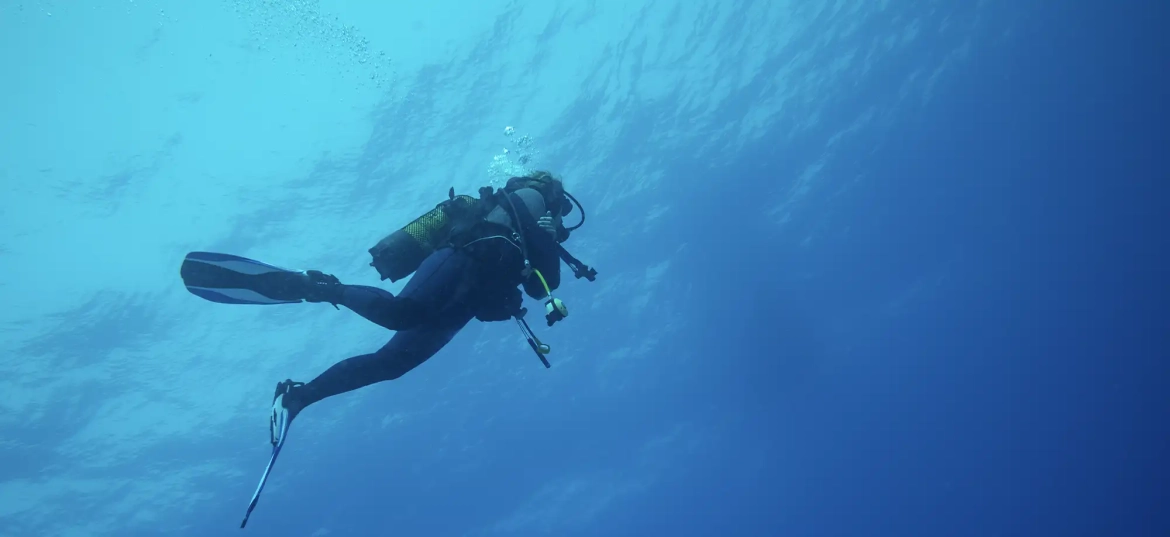
Visibility
Visibility can vary and can change from dive site to dive site and even from one side of a dive site to the other. Visibility is not seasonal, but at the Catalina Islands, there are no rivers draining into the ocean that could cause cloud visibility.
Afternoon rain from May to November can actually lay down silt and reduce turbidity, giving divers delightful conditions for the next morning’s dive.
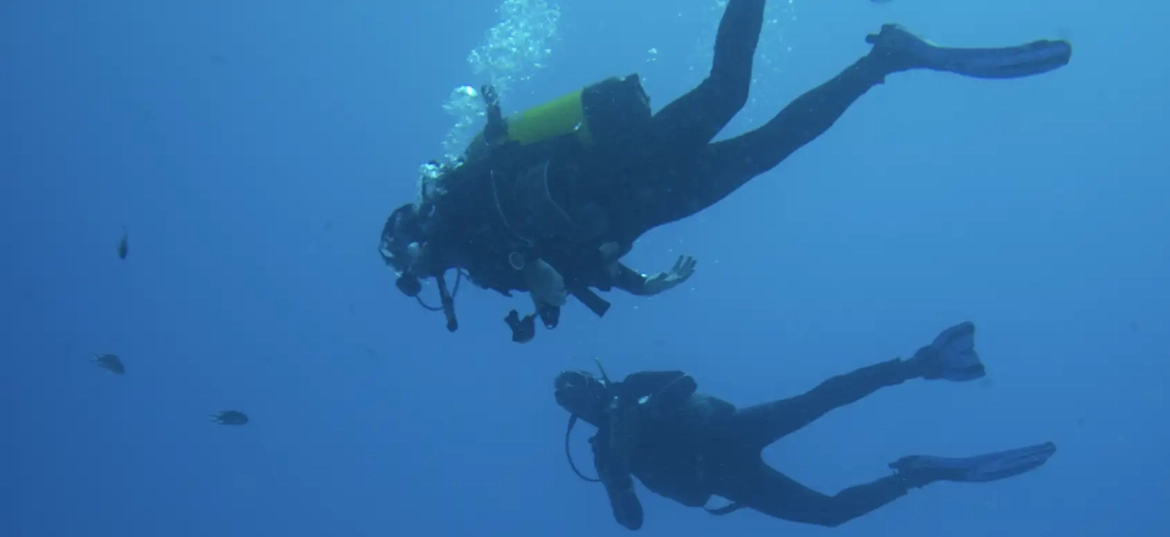
Seasonal changes
Seas will be flat and calm, with warmer water from May through November. December through April, water temperatures are cooler, and the surface is choppier due to higher offshore winds:
What marine life can divers expect to see at the Catalina Islands during different seasons?
Catalina Islands offer a diverse marine life experience for divers year-round. You can expect to see whale sharks, white-tip reef sharks, pilot whales, humpback whales, spinner dolphins, and occasionally orcas, tiger sharks, or whale sharks.
Pacific Giant Manta Rays are most often seen from January through March. But throughout the year, you’ll likely see eagle rays, cow nose rays, mobulas, and round rays, and schooling fish like wahoo, Pacific barracuda, Pacific Tarpon (milkfish), snapper, jacks, grunts, and octopus, plus moray eels, sea turtles, and various species of sea stars, coral, and sea fans.
The rainy season allows you to encounter certain marine species that are more active or abundant during this time of year. For instance, you’ll encounter mobula rays, moray eels, tuna and jacks, seahorses, octopuses, and dolphins.
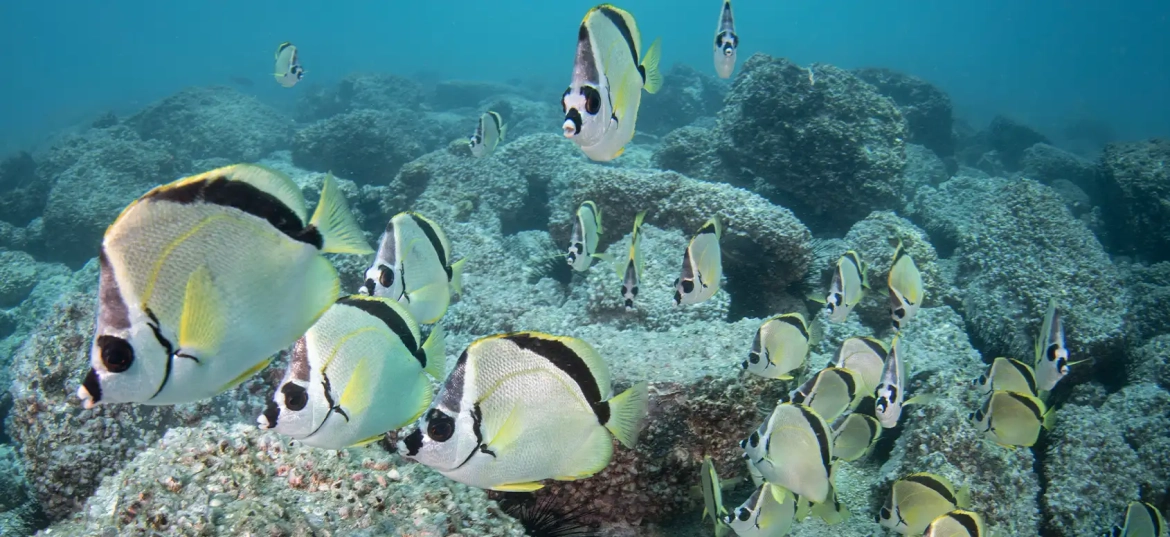
Catalina Island dive sites
These islands are home to some of Costa Rica’s best dive sites. They offer a diverse underwater terrain characterized by volcanic rock formations and thriving marine ecosystems.
One notable aspect of the dive sites closer to the shore is their shallower depths and gentler currents compared to those farther out.
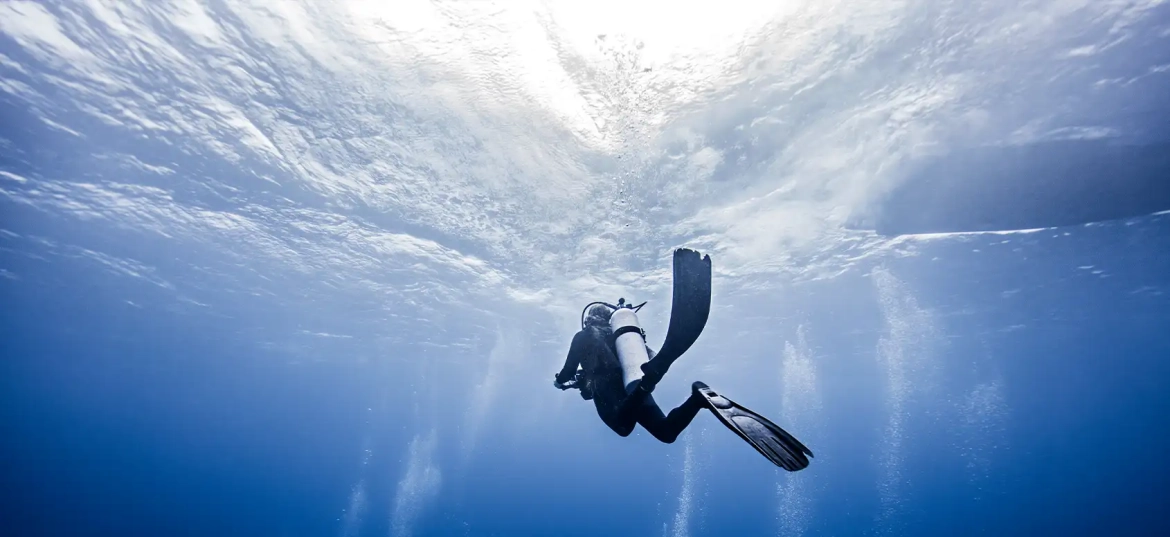
Dive site information
Take a look at the different currents that each site offers:
- La Pared: Moderate currents
- La Punta: Stronger currents
- Peligrosa: Moderate currents
- Elefante: Typically moderate currents
- Roca Sucia: Moderate currents
- Little Cupcake: Gentle to moderate currents
- Dos Sombreros: Usually moderate currents
- Big Cupcake: Moderate currents
- Catalina Grande: Be prepared for the potential for strong surge at all depths and some current, particularly in deeper areas.
Here’s a classification of each dive site by depth, from shallow to deep:
- La Pared: (depth: 40-70 feet)
- La Punta: (depth: 40-110 feet)
- Peligrosa: (depth: 45-100 feet)
- Elefante: (depth: 45-100 feet)
- Roca Sucia: (depth: 45-100 feet)
- Little Cupcake: (depth: 45-100 feet)
- Dos Sombreros: (depth: 45-120 feet)
- Big Cupcake: (depth: 45-120 feet)
- Catalina Grande: (depth: 45-120 feet)
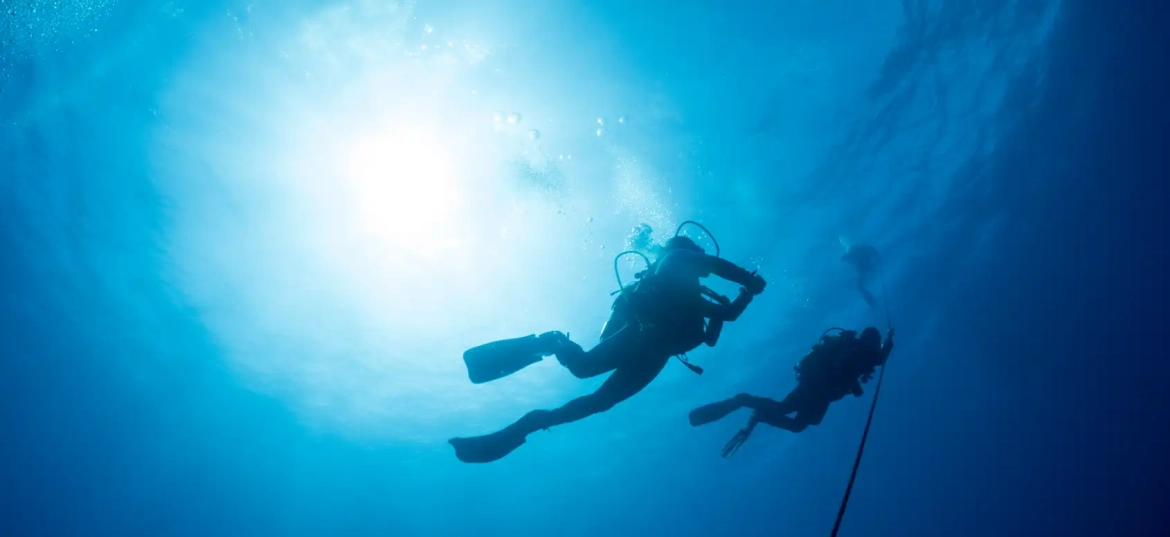
What equipment is recommended for diving in the conditions of Catalina Islands?
It’s essential to have the right equipment for diving in the Catalina Islands if you want to be comfortable throughout the entire dive. Between December and April, a 5mm suit is preferred, or a 3mm suit with a hood and/or vest for additional warmth.
During the rainy season (May to November), a 3mm suit is good most of the time, but from June through August, most divers prefer to dive in only a skin or 1 mm suit—or even just a bathing suit.
Additionally, you should bring safety equipment like a whistle, safety sausage, and signaling devices vital for emergencies.
What Is the Best Time to Dive the Catalina Islands?
The best time to visit the Catalina Islands in Costa Rica depends on your personal preferences. If you prefer diving in warm water, your ideal time might differ from someone who enjoys cold water diving in springs, quarries, and lakes.
Costa Rica’s tropical climate allows for year-round diving, with the dry and rainy seasons offering distinct underwater experiences.
During the dry season (December to April), you can expect choppier surface conditions and colder water temperatures. Many divers prefer January, February, and March when the water is cooler, as these months offer the best chance to encounter Pacific Giant Manta Rays.
In the rainy season (May to November), the seas are flat and calm with warmer water temperatures, but the likelihood of seeing Mantas decreases.
Both seasons provide opportunities to see humpback whales, with migrations occurring from late January to early March and from mid-July to early September. Spinner dolphins and mating turtles are also commonly seen from May to November when the seas are calm.
Ultimately, the best time to visit depends on your diving preferences.
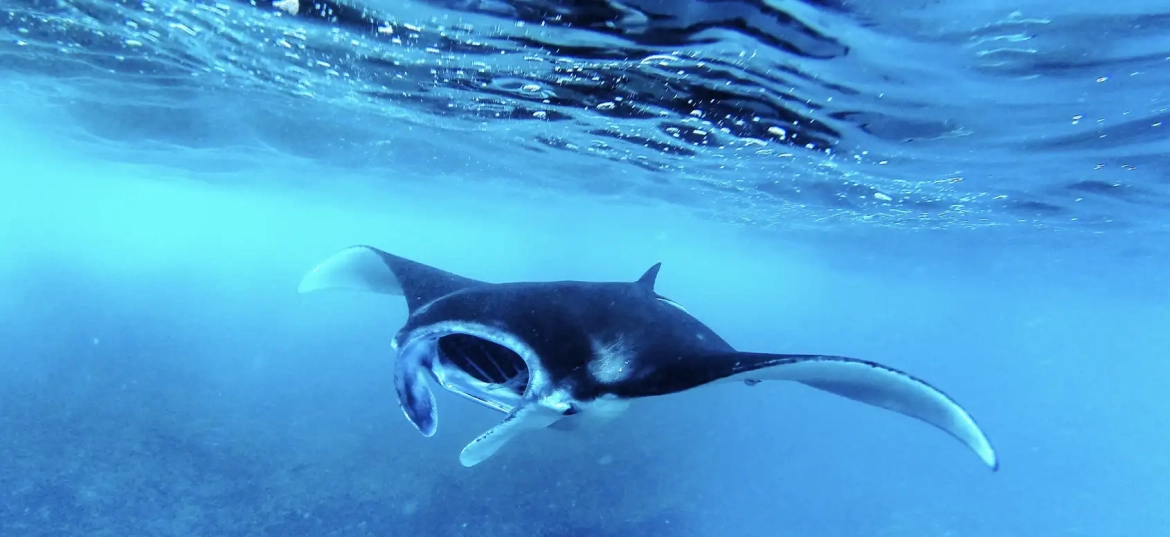
Make Your Catalina Islands Dive Unforgettable with Bill Beard’s Costa Rica!
The Catalina Islands offer an exhilarating diving experience tailored for advanced divers seeking adventure in the Pacific’s depths.
At Bill Beard’s Costa Rica, our seasoned guides and instructors are well-versed in navigating the Catalina Island’s dive sites. Let us know if you lack experience diving in surge or currents and our divemasters will assist you to prepare for a safe and fun dive experience.Contact our team at Bill Beard’s Costa Rica now to discover the unparalleled beauty of the Catalina Islands with confidence and expertise. Book your dive trip today!
Stay connected:
- Direct: 954-453-5044
- Fax: 321-400-1404
- Toll-free: 877-853-0538
- Local number (Costa Rica): 2479-7089 (Available from 9-5 PM)
- Office hours: 8-6 CST M-F & Sat 9-5 CST
- Email: agent@billbeardcostarica.com

